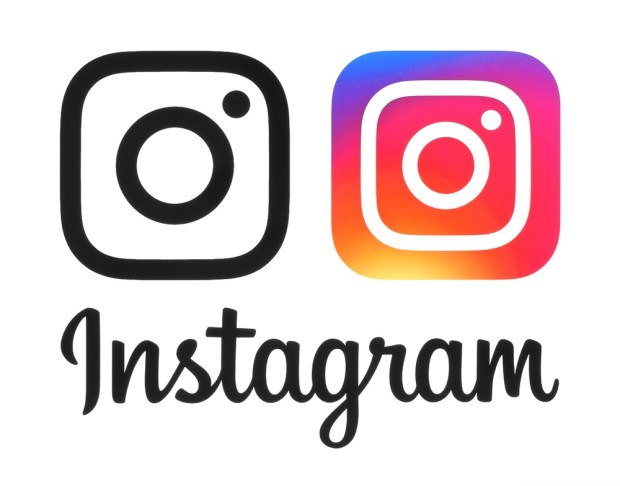Instagram Rolls Out Two-Factor Authentication

Just recently, Instagram joined the ranks of other social networks that allow their users to enable two-factor authentication.
Security experts recommend that all users activate two-factor authentication options whenever possible. In a nutshell, it requires not only a username and password from a user during login but also a one-time code, key or other information given to the user at the time of login that only they could possibly know.
On Instagram, for example, users can opt into two-factor authentication in their settings. The site sends users a six-digit code via text which they need to enter correctly in order to log in. The added layer of security means that if fraudsters are able to steal a user’s login credentials, they still wouldn’t be able to gain access.
The Anti-Phishing Working Group (APWG) released a report last month indicating that 2016 was the worst year in history for phishing scams. The total number of phishing attacks last year was 1,220,523 — a 65 percent increase over the number of attacks recorded in 2015.
“Phishing is an attack that relies primarily on fooling people, rather than highly sophisticated technical implementations,” said APWG Senior Research Fellow and iThreat VP Greg Aaron. “For that reason, phishing remains both popular and effective. Also, the APWG’s numbers for 2016 just measure broad-based attacks against consumer brands.”
The number of phishing attacks over the past ten years has generally increased each year. The fourth quarter of 2004 saw 1,609 phishing attacks per month. By the fourth quarter of 2016, the APWG clocked 92,564 attacks per month — an increase of 5,753 percent over 12 years.
